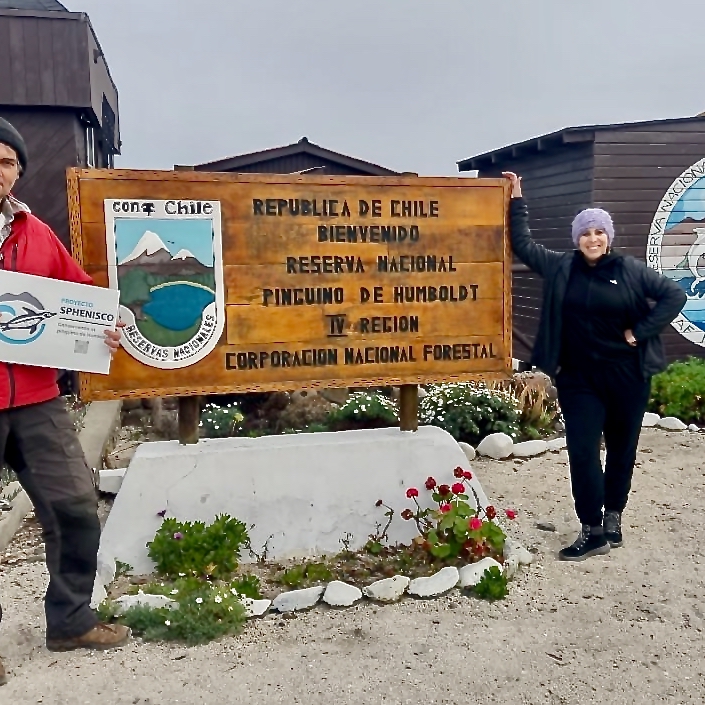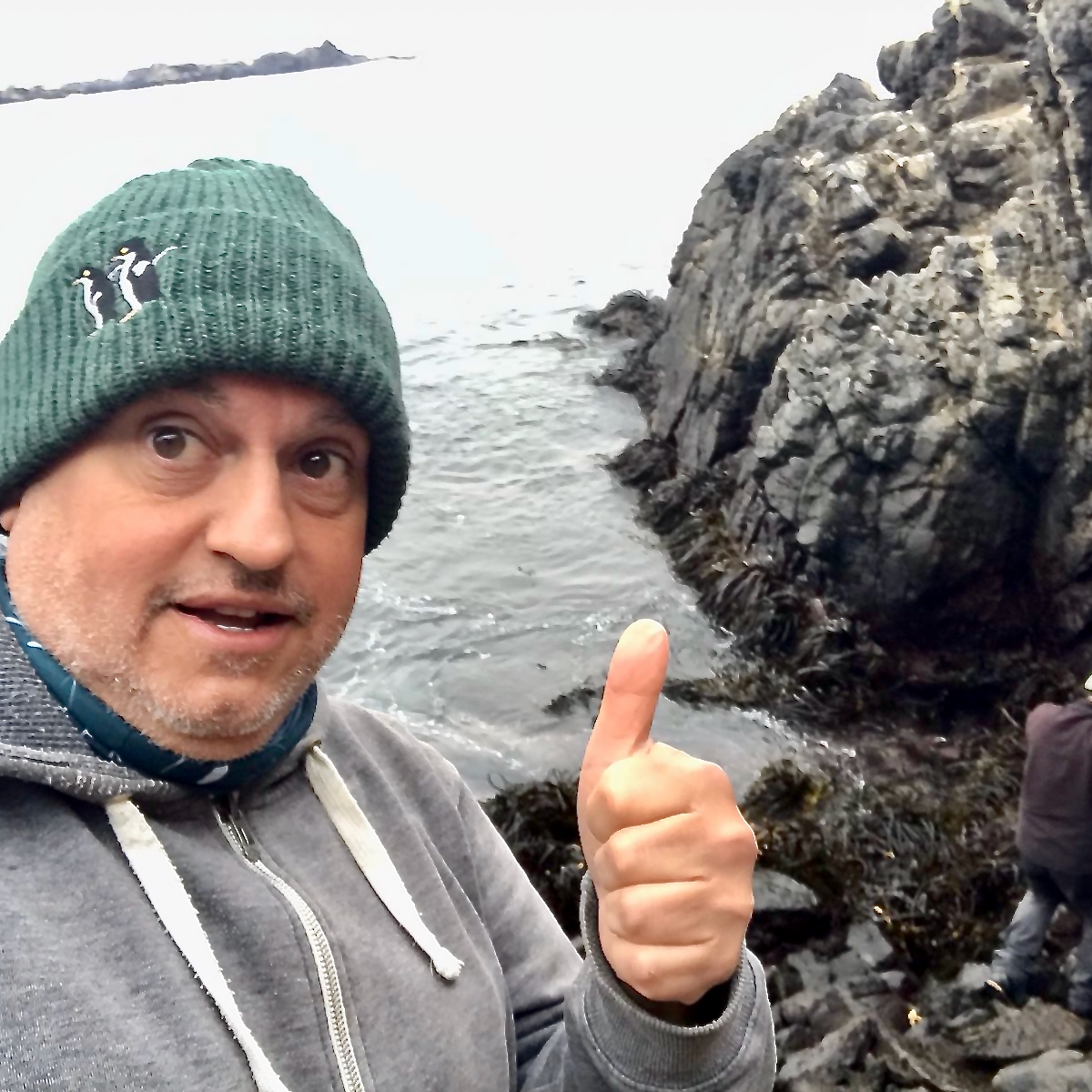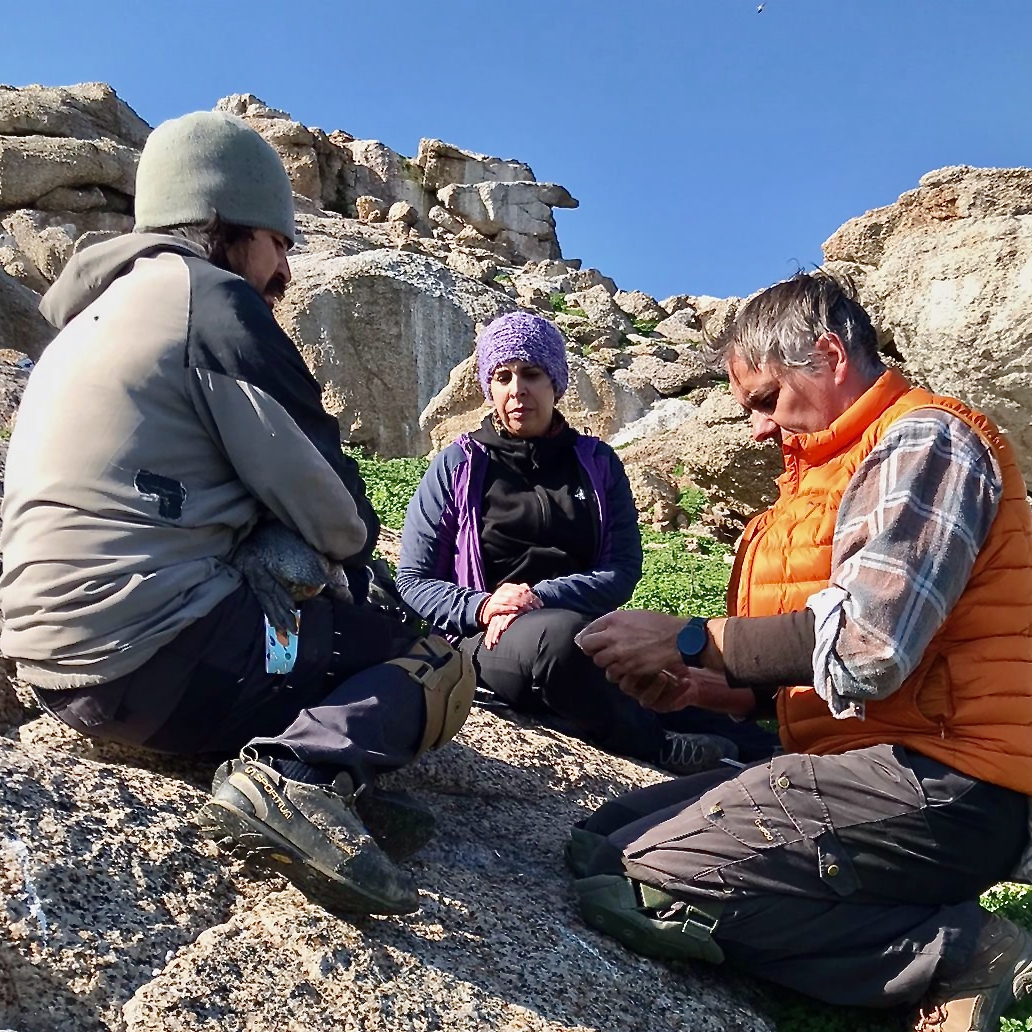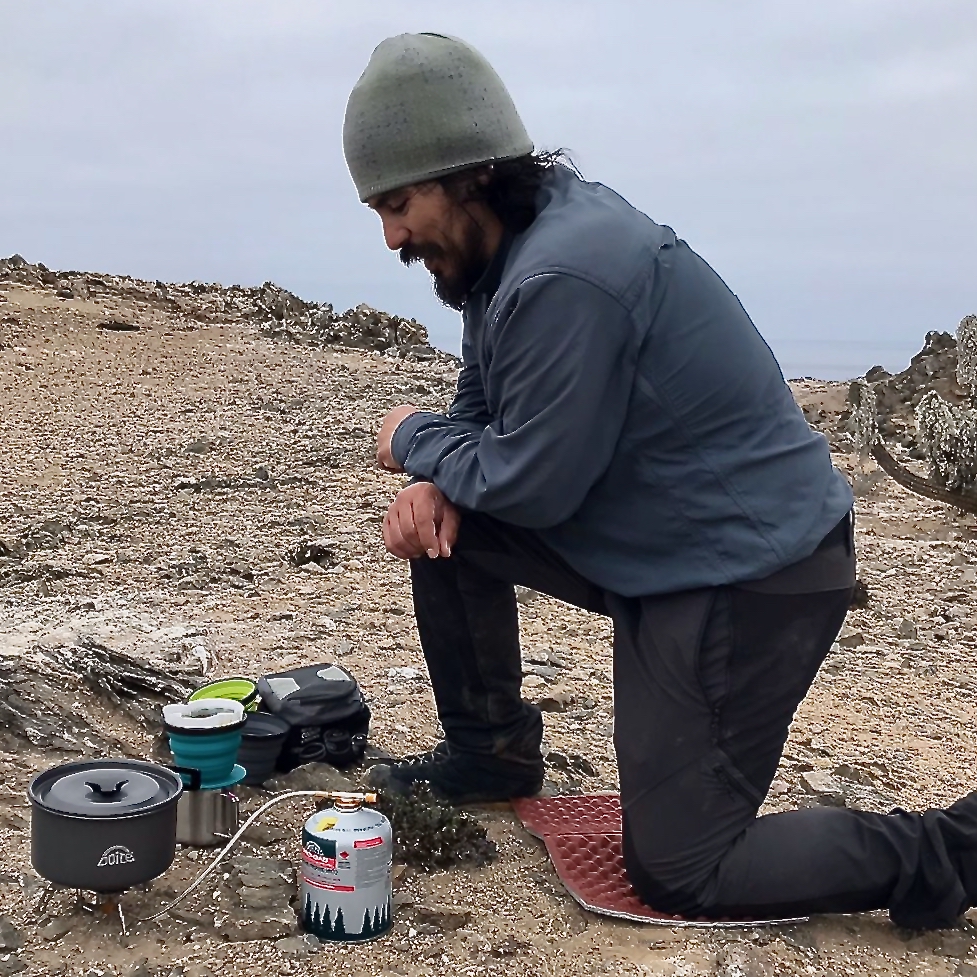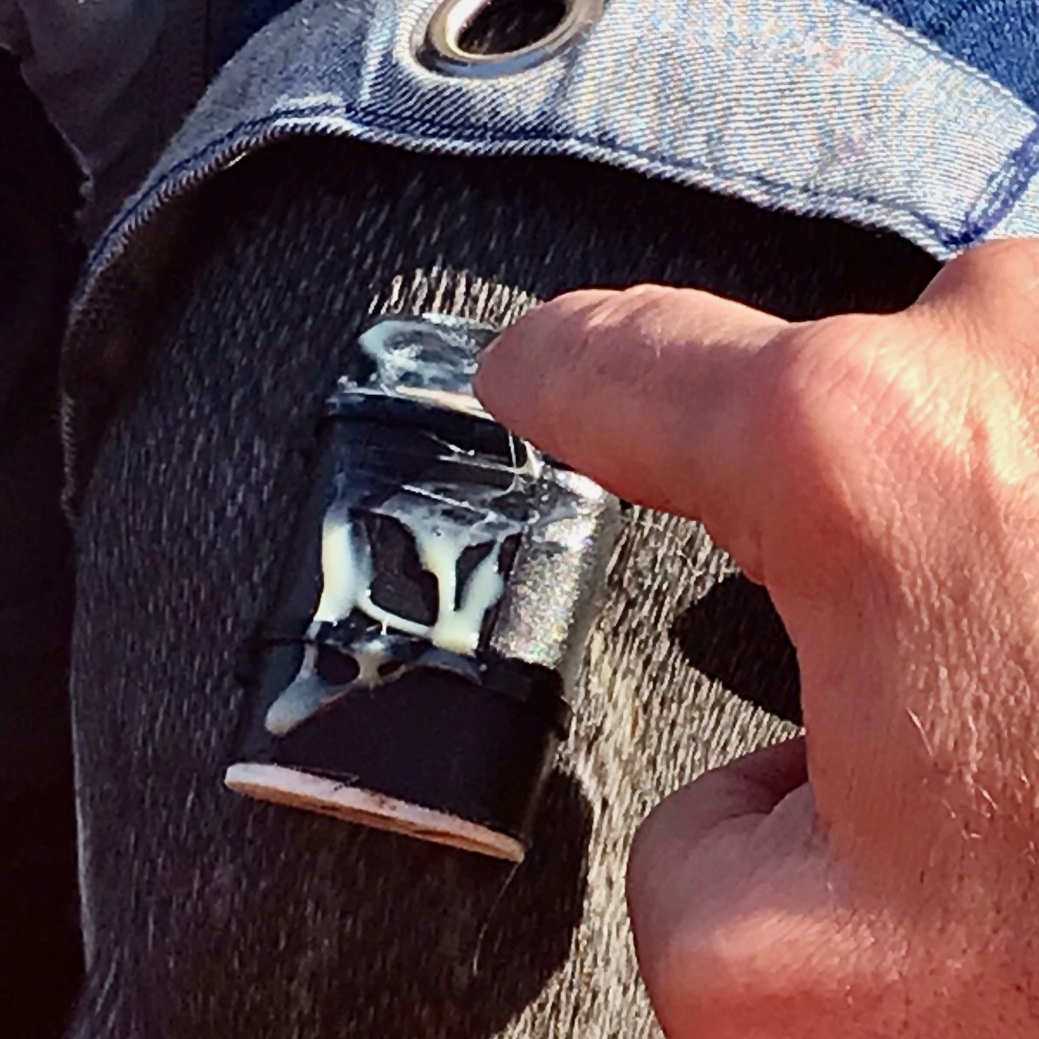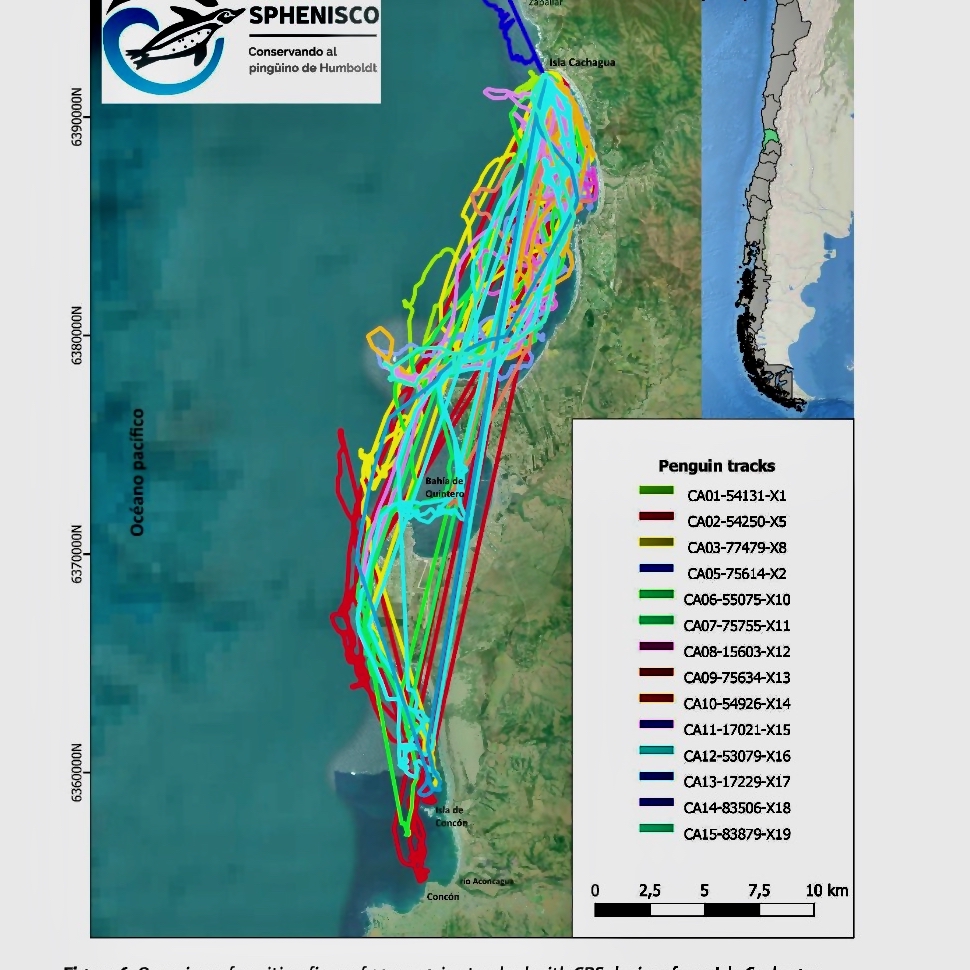Landau, 10 August 2025. Since 2021, a team of researchers led by Dr. Alejandro Simeone (1) has been conducting investigations on the population, breeding success and foraging of the Humboldt penguin in Chile on behalf of Sphenisco. The project is funded by the Karlsruhe Zoo Conservation Foundation, Dresden Zoo and the Hagenbeck Zoo Association. On these pages, the multi-year project was repeatedly reported. (2)
In the past two years, the population of Humboldt penguins has been reduced by two natural events to an extent that has not yet been explained. In 2023, the highly pathogenic bird flu H5N1 reached South America and led to mass deaths of seabirds breeding in colonies, such as seagulls, pelicans and cormorants, www.sag.gob.cl/ia. Since no reliable surveys were carried out, it remained unclear to what extent Humboldt penguins were reduced by the bird flu. Also, the El Niño 2023/2024 was one of the strongest since records began (3). Due to a lack of food, the Humboldt penguins did not breed in large parts of the distribution area in 2023 and 2024. This also significantly hampered research work on population, breeding success and foraging. For example, field work on the island of Choros, which had begun in 2022, had to be interrupted for almost two years. Since breeding activity on Choros also failed to occur in the southern summer (November/December) of 2024, the research work had to be relocated further south to the island of Cachagua.
In June 2025, Thomas Mattern (University of Otago, New Zealand) was finally able to continue the investigations together with Chilean researchers. Thomas Mattern reports on results and new questions in a field report (4) (s. PDF file „Humboldt penguin research, Chile, June_July 2025 (PDF, 12 MB)“). The researcher concludes his report with the urgent demand: "Now is the time to better integrate research, targeted protection measures, and policy dialogue – before the Humboldt penguin becomes yet another symbol of a missed opportunity in biodiversity conservation."
Field report "Humboldt Penguin Research, Chile, Autumn/Winter 2025" (excerpts)
"The field work in June and July 2025 provided valuable insights into the behaviour of Humboldt penguins delivered at sea in Chile. Even if a detailed analysis - especially with regard to the behaviour in the coming breeding season in spring / summer (November-December 2025) - is still pending, some preliminary conclusions can already be drawn:
Foraging and habitat use
Humboldt penguins from Islote, Pájaros Niños and Isla Cachagua show similar patterns of behavior at sea.
1. They move predominantly in a southerly direction and look for food
2. preferably in areas where fishing activity appears to be reduced, possibly due to pollution (e.g. mouth of the Río Maipo) or shipping traffic (Quintero, Valparaíso).
Regional differences in the state of the population
The southern colonies seem to be in better condition than the northern ones.
1. The number of breeding pairs on Islote, Pájaros, Niños and Isla Cachagua is approaching normal.
2. On Isla Choros, on the other hand, very few active nests were found.
3. The rate of nesting abandonment seems to be significantly higher on Isla Choros – despite similar rain events as in the south.
4. The annual cycle of penguins on Isla Choros has shifted significantly: late moulting, delayed breeding – indications of persistently poor environmental conditions.
New questions
As is so often the case, the collected data not only provide new insights, but also raise new questions:
1. To what extent is the foraging behavior of Humboldt penguins influenced by fishing activities? Do the animals actively avoid heavily fished areas, even if these are associated with other risks such as pollution or shipping traffic?
2. Why do the southern colonies seem to be doing better than the northern ones? Have the effects of El Niño and fisheries (resource competition, bycatch) combined, led to the degradation of marine habitat in the north?
3. Does this have an impact on the survival of the young animals? In other banded penguin species, fledged young birds migrate north. In the case of the African penguin, a so-called "ecological trap" was documented: the young migrate to Namibia, where overfishing has led to the collapse of fish stocks – with massive young bird mortality. Photos taken by tour guides from Punta de Choros indicate that in February 2025, the majority of the moulting birds on Isla Choros were juveniles – possibly an indication of a similar phenomenon?
4. In view of the observed foraging near the coast: what about penguins that breed on offshore islands such as Islas Pájaros?
These questions should be investigated promptly - especially if the northern populations do not show any clear signs of recovery in the coming breeding periods. In this case, a reassessment of the species' status on the IUCN Red List - from currently "vulnerable" to "endangered" could be necessary.
Next steps - What needs to be done
1. Investigate foraging behavior and food composition during the spring/summer (November/December) breeding season using GPS and camera loggers, especially on Isla Cachagua and Islote Pájaros Niños. (5)
2. Analysis of possible environmental contamination in penguins of Islote Pájaros Niños by means of feather and blood samples. (6) (7)
3. Conducting moulting counts with drones at central locations throughout the distribution area: Islote Pájaros Niños, Isla Cachagua, Isla Tilgo, Isla Choros, Isla Chañaral, Pan de Azúcar. (8)
4. Research into foraging behavior on offshore islands, especially Islas Pájaros. (5)
5. Investigation of the dispersion (dispersal migrations) of young birds, e.g. by means of GSM loggers that transmit position data via the mobile phone network.
6. Continuation of long-term studies of foraging behavior at key sites to clarify whether the observed patterns are stable.
7. Create and distribute an illustrated flyer with information for fishermen on how to safely free penguins from gillnets.
Outlook
The data so far underscore how vulnerable top marine predators such as the Humboldt penguin are to overlapping environmental pressures – from climate change to overfishing to local pollution. If the negative development in the north continues, this could not only endanger the regional population, but also require a reassessment of the protection status at the international level. We need to link research, conservation and political dialogue more closely – before the Humboldt Penguin becomes the next symbol of a missed opportunity in species conservation." (4)
W.K.
Notes
For better readability, the generic masculine is used in this article. The personal names used in the article refer to all genders – unless otherwise indicated.
(1) The research group consists of Dr. Alejandro Simeone, Andrés Bello University, Santiago; Dr. Guillermo Luna, University Católica del Norte, Coquimbo; Dr. Thomas Mattern and Dr. Ursula Ellenberg, University of Otago, New Zealand.
(2) Reports on the website: "Projects Chile" 4 June 2021, 28 November 2021, 18 April 2022, 22 July 2022, 23 July 2023, 1 January 2023, 9 July 2023, 23 November 2023 and 24 February 2025.
(3) El Niño 2023/2024. According to Thomas Mattern, although there were no peaks in water temperatures, the El Niño lasted a very long time, was very extensive and seems to have lost known characteristics.
(4) Field report "Humboldt Penguin Research, Chile, Autumn/Winter 2025", July 2025.
(5) Personal message from the researchers: Investigations are also planned on the islands of Tilgo, Choros and Pajeros (offshore island).
( 6) Pers. Message from Dr. Alejandro Simeone: In order to obtain comparative data, the researcher plans to take feather samples on many islands. With the planned equipping of the Humboldt Penguins with GPS and camera loggers, this could be done simultaneously with little effort.
(7) Investigation of the contamination of Humboldt penguins at the islands of Chañaral and Pan des Azucar. Kolawole E. Adesina, Winfred Espejo, José E. Celis, Marco Sandoval, Aaron J. Specht. First report of metals and metalloids on bone and claw tissues of Humboldt penguins (Spheniscus humboldti). Austral Journal of Veterinary Sciences, 56, 2024.
(8) Pers. Message from the researchers: The investigations are already firmly planned and will be carried out by Paulina Arce and Maximiliano Daigre.
translated by Erich Greiner



